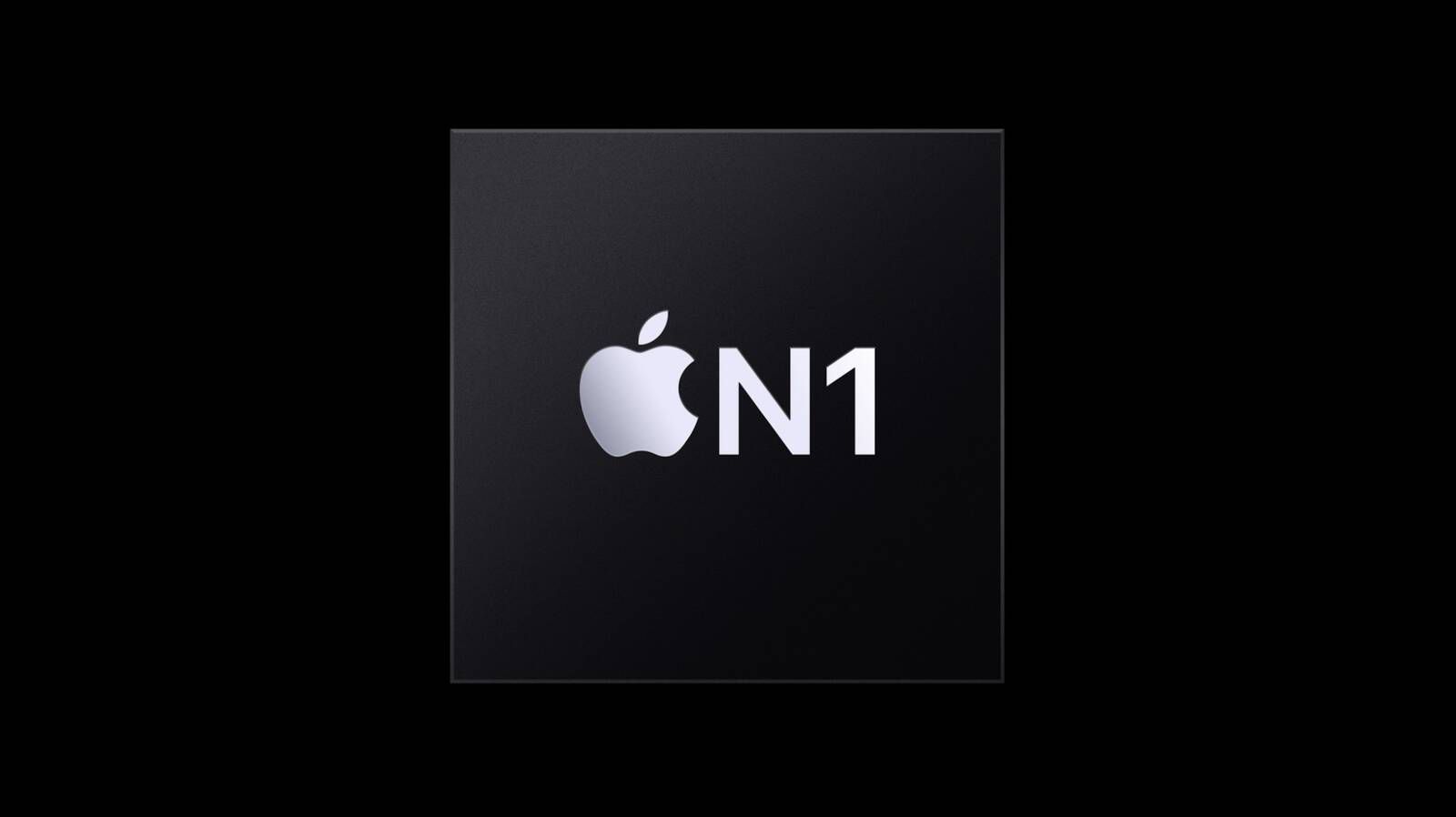Of course, the main reason to buy this TV over another is its image quality. After all, Sony is known for its superior video processing and additional features, which build on whatever display panel it’s using in its latest TV. For the Sony Bravia 8 II, that’s a QD-OLED panel, similar to the one used in the Samsung S95F. It gets around 25% brighter than the A95L before it, and Sony says that it’s 50% brighter than the Bravia 8, which has a traditional W-OLED panel. It looks absolutely stunning. Seriously, this TV, when it comes to performance, gets basically everything right.
As a QD-OLED TV, the Bravia 8 II is able to deliver those deep black levels, coupled with a decent level brightness, especially compared to traditional W-OLED TVs. Brightness has typically been the Achilles heel of OLED TVs, but QD-OLED technology has largely fixed that by swapping the white-emitting OLED panel for a blue-emitting panel, which then converts that light to colors using quantum dots, instead of traditional color filters, which can absorb some of the light and make the overall image dimmer.
Quantum dot tech also makes for purer, more vibrant colors — and you can immediately see that on this TV. Everything from random YouTube videos to cinematic masterpieces looks great on this TV. Of course, Sony isn’t the only one using a QD-OLED panel. The Samsung S95F, which is also an excellent TV, uses the same technology, and it’s able to produce a stunning image as well. So, what sets Sony apart? Well, it’s Sony’s image processing technology.
Sony has always excelled when it comes to image processing, and that remains true for the Bravia 8 II. Images look incredibly clear, and objects on the screen seriously pop. Watching nature-focused content like “The Secret Life of Animals” on Apple TV made for the most natural look I’ve seen on a TV. Sports, like the US Open tennis matches I was watching while reviewing the TV, looked clear, crisp, and free of blur.
I would be hard-pressed to say that the Bravia 8 II is way ahead of the competition, particularly the LG G5 — but it is ahead. Images are very sharp, and that can seriously make objects pop, looking almost three-dimensional.
There are hardly any downsides when it comes to image quality, but there are some minor pain points. While the TV is able to deliver incredibly bright images in HDR, SDR content is a little less impressive. Additionally, as noted above, the TV doesn’t support HDR10+ — though given the choice between HDR10+ and Dolby Vision, I would take Dolby Vision every time.
The TV is also very good at handling reflections, though it’s not as impressive as the Samsung S95F, which has Samsung’s matte glass on the front. I like the matte look, and I hope other manufacturers, like Sony, adopt it at some point.









